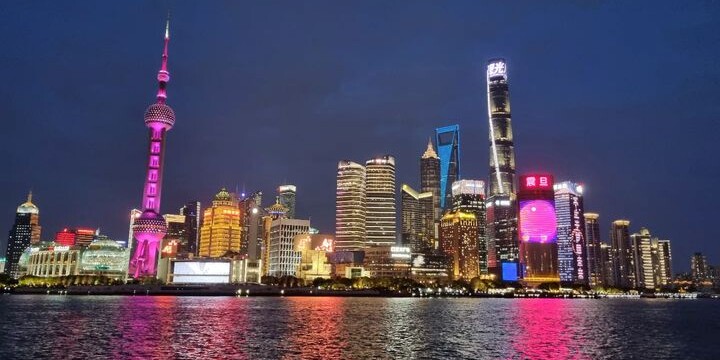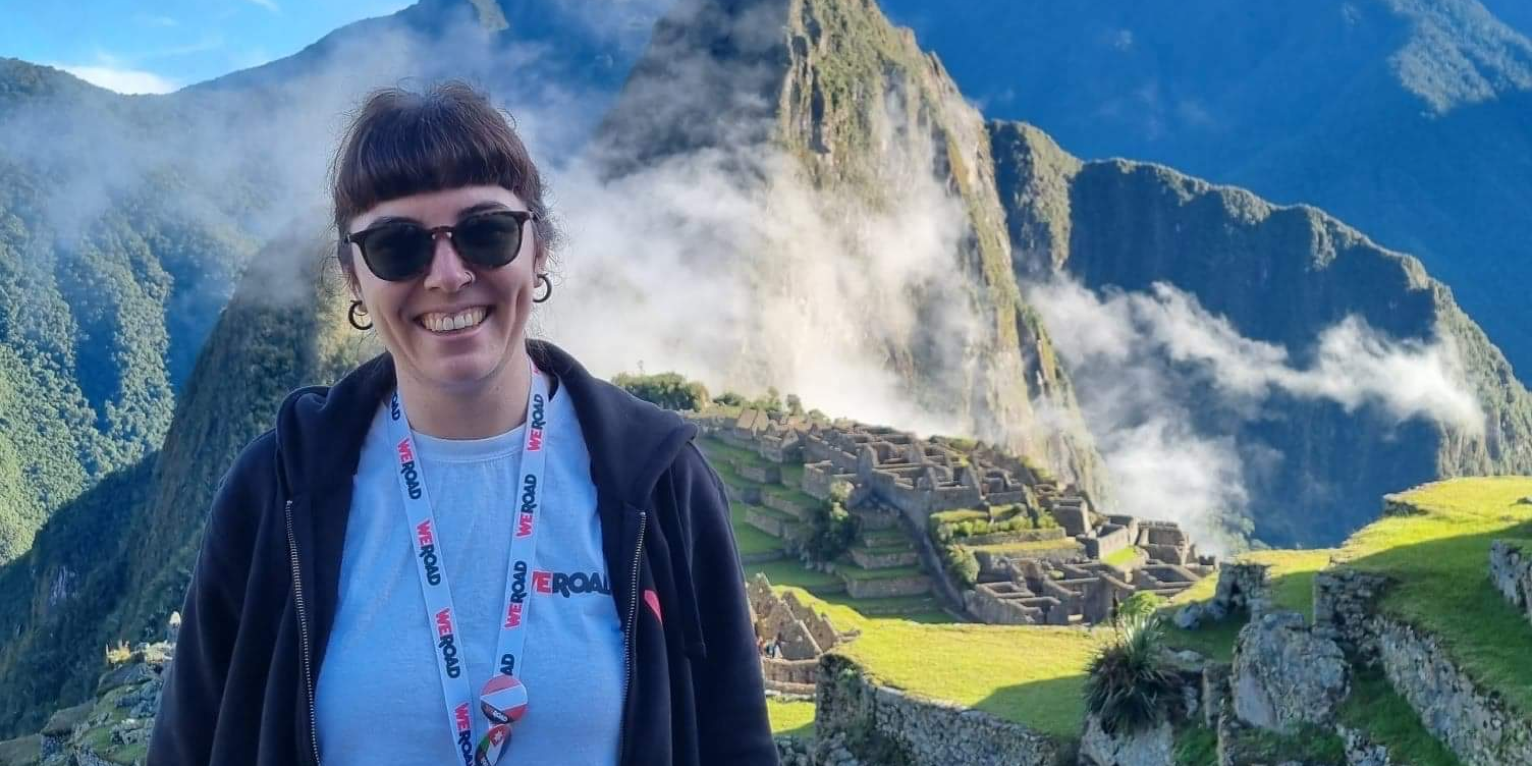Italy is formed by 20 regions with great differences among them: from dialects to the food, from the architecture to local traditions. But if you’ve never been in Italy before I’d recommend you to ‘stick to the classics’ to get a general impression of the country and discover in person those places you have very likely seen portrayed so many times in magazines and postcards.
The itinerary I’ve prepared here is planned to be done traveling by train, but you could obviously rent a car and do it that way.
Itinerary for your first time in Italy
Milan: 1 day
Milan has an international airport with very frequent flights from most European cities, so it’s the perfect gateway to North Italy.
Spend a day visiting this top fashion city and the galleries, but if there’s something you can’t miss is the cathedral – Duomo di Milano – and the famous opera theatre La Scala.
Tip: get to the top of the Duomo, the views are great and walking along the cathedral spires is something unique.
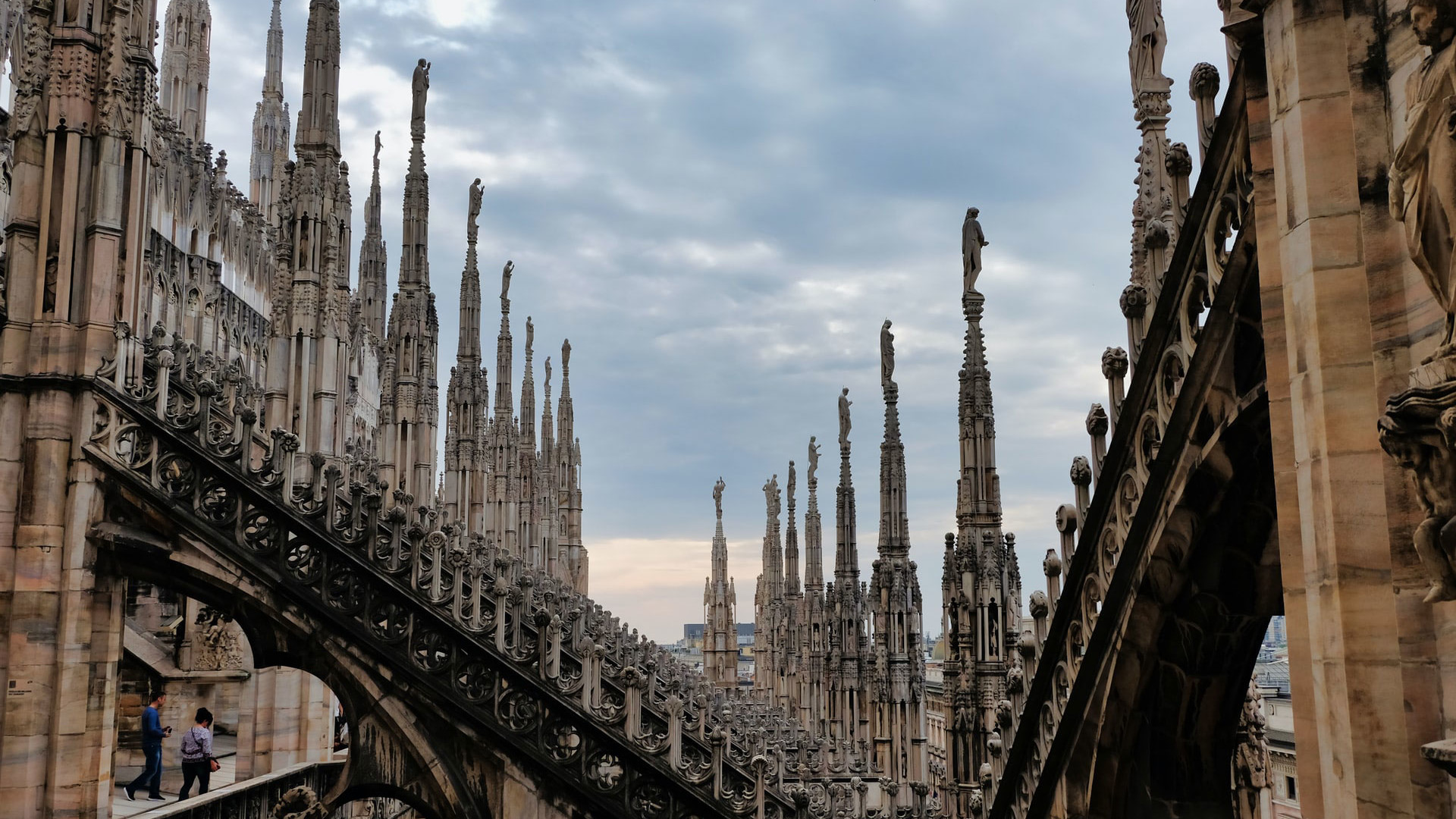
A stroll among the Cathedral spires is a unique experience to be enjoyed at least once in your life. Tourists come to Milan from all over the world to enjoy one of the most spectacular parts of the Cathedral, that offers an amazing view over the city.
Venice: 2 days
This is a very touristic city so forget about taking pictures without people on them; however it’s arguably one of the stops in your trip you’ll remember the most. Venice, the city of the canals, it’s a wonder to discover on foot. It is pretty expensive and there is a tourist tax now you have to pay to enter the city (avoid coffees at San Marco Square if you don’t want to have to pay 10€ for a cup ?).
Tip: accommodation in Venice is very expensive, so you can consider sleeping outside the city and get a local bus/train to the centre. There are also campings in the surrounding areas that are pretty good (I stood in one bungalow) and they’re very well connected to the city by public bus.
How to get here from Milan: there are several direct trains per day and the trip takes approximately 2 hours 30 minutes.
Carnevale di Venezia (Venice Carnival) is undoubtedly one of the most famous carnivals in the world. It normally lasts around 2 weeks and takes place forty days before Eastern. Prices will increase a lot during this time of the year, so make sure to plan ahead.
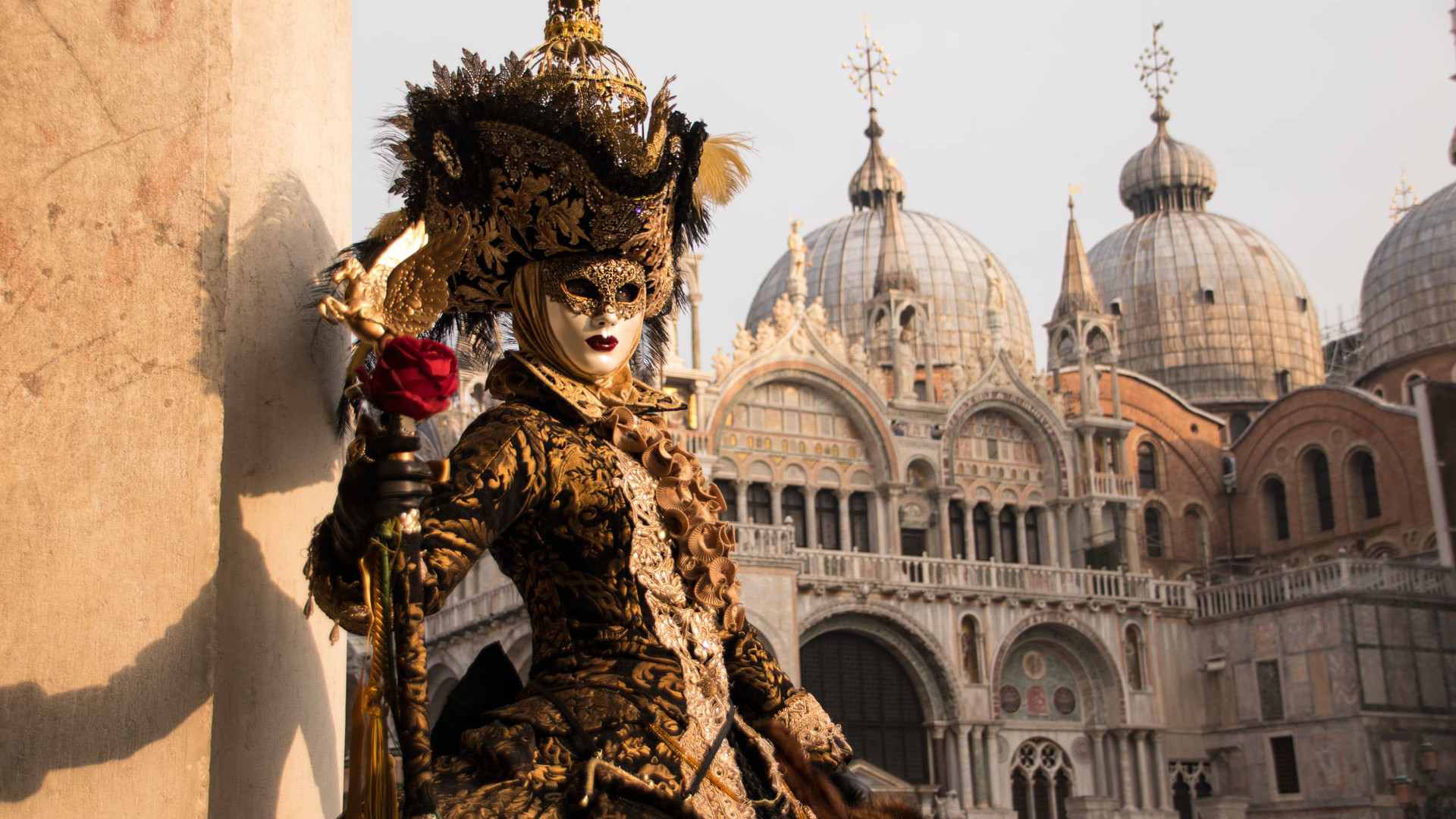
Cinque Terre: 2 days
Cinque Terre, or the Five Lands, are some small villages on the coast of the region of Liguria, easily accessible by train.
Tip: don’t miss the sunset from Vernazza, one of the 5 villages where you’ll find more options for accommodation to spend the night.
How to get here from Venice: you’ll need to change train a couple of times, making the trip last around 5 and a half hours.
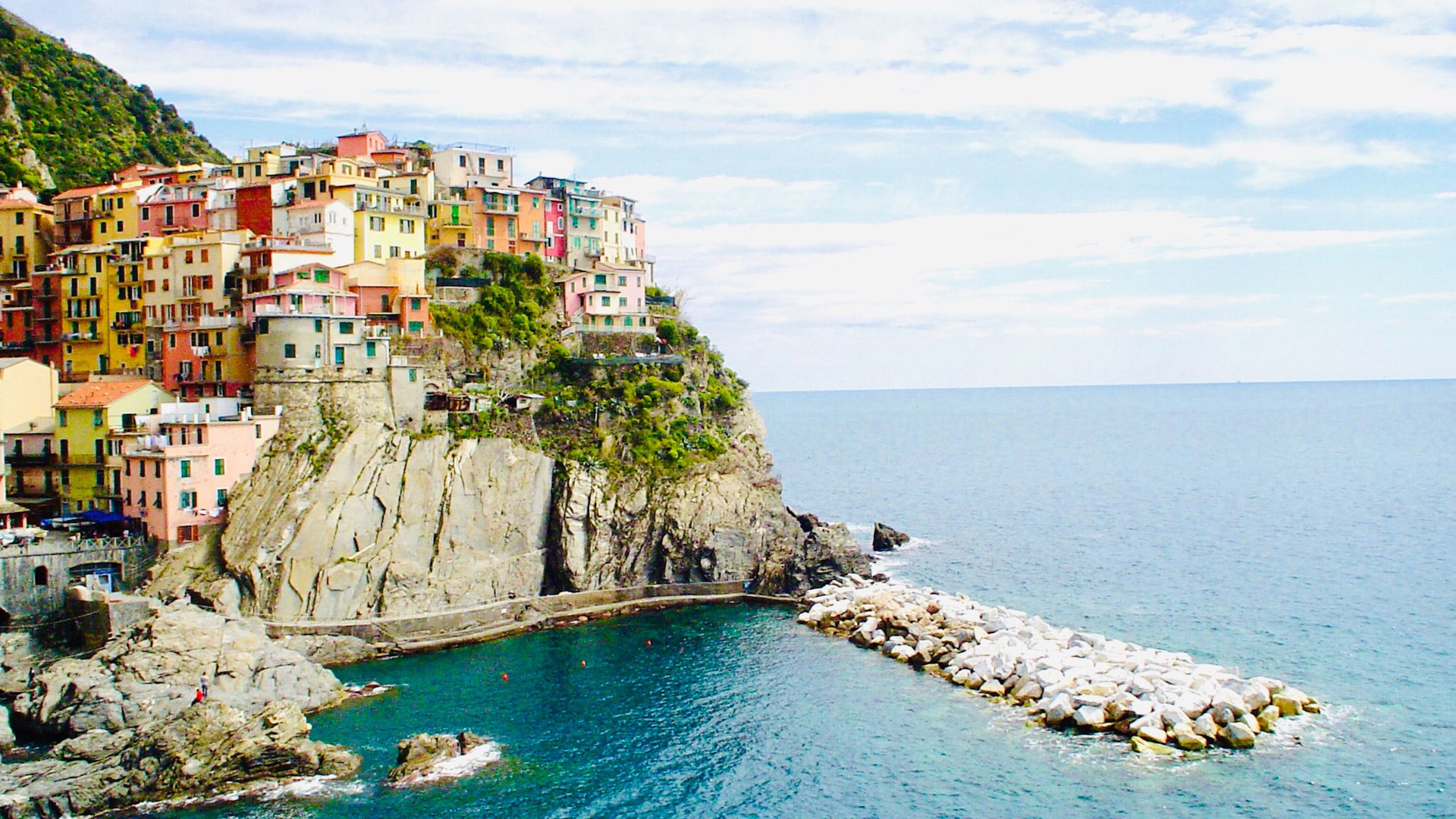
Rooted in antiquity, Cinque Terre’s five villages date from the early medieval period. While much of this fetching vernacular architecture remains, Cinque Terre’s unique historical draw is the steeply terraced cliffs bisected by a complicated system of fields and gardens that have been hacked, chiselled, shaped and layered over the course of nearly two millennia.
Florence/Tuscany: 3 days
Florence deserves a whole week in itself, but if you don’t have enough time you can try to squeeze it in a couple of days, and use a third day to enjoy some of the close villages from the region of Tuscany (I recommend you Siena, easily accessible by train).
In Florence you can enjoy art galleries and fantastic ice-creams.
Tip: bring comfortable shoes as most of the city is stone-paved, so very flat shoes or sandals may be not the best choice ?
How to get here from Cinque Terre: there are frequent trains and the trip takes in total around 3 hours, but you’ll be lucky to find a direct train at a time that suits you.
The medieval Ponte Vecchio, or “Old Bridge,” is one of the most charming and iconic sites in Florence. It was built in 1345 as the first bridge over the Arno River to be used as a system of defense. Today, Ponte Vecchio is known for its teeming shops, including many jewelers, art sellers and antique boutiques.
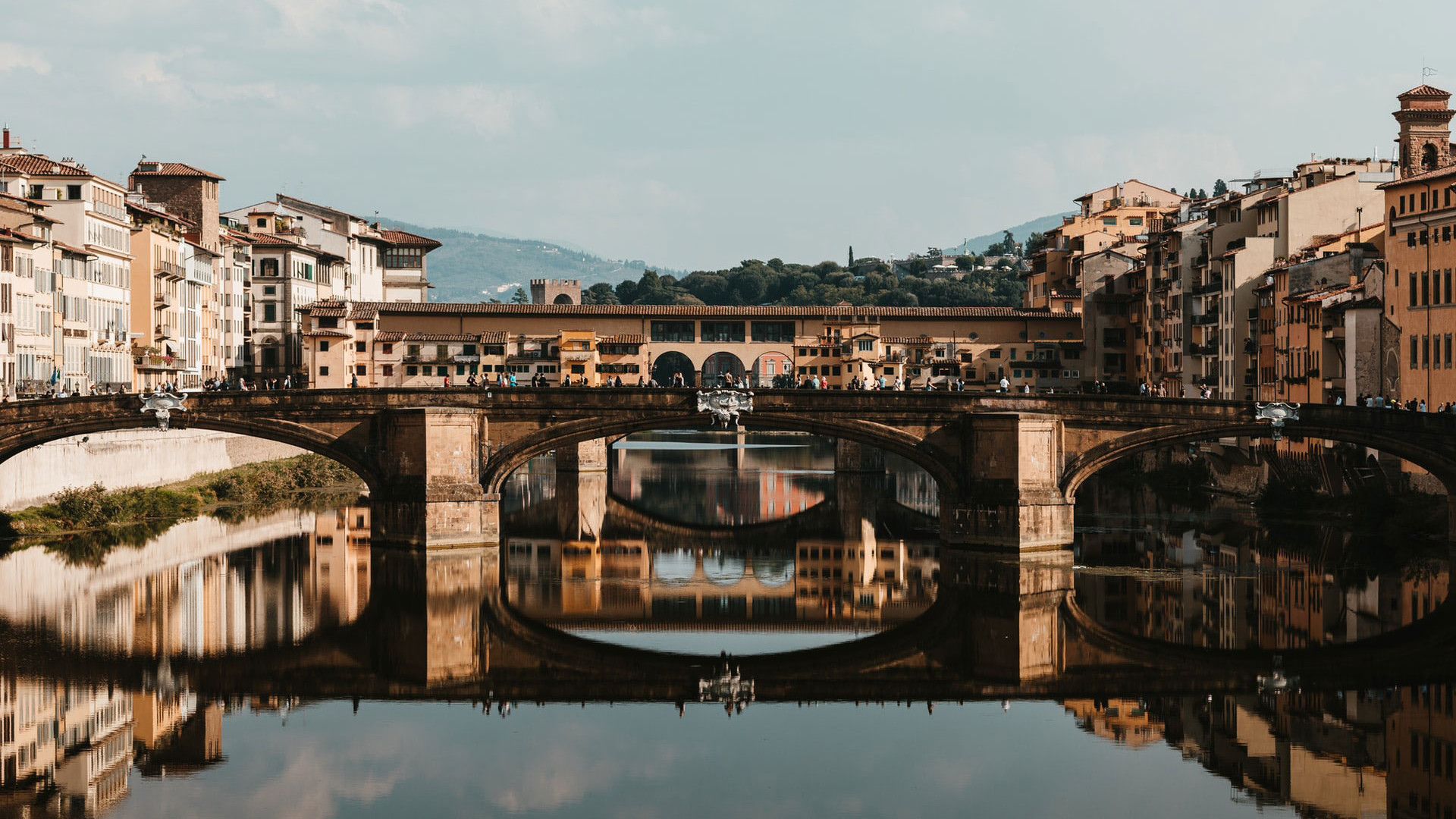
Naples & Pompeii: 1 day
Naples is really different to the rest of Italian cities, with its chaotic streets, crazy traffic and lots of clothes hanging in the building getting dried. You can do an excursion to Pompeii in the morning and explore Naples city in the afternoon/evening.
Tip: Don’t leave Naples without trying the famous Napolitan pizza, with the thick base.
How to get here from Florence: there are several regular trains and high speed trains that link both cities. The trip takes around 3 hours.
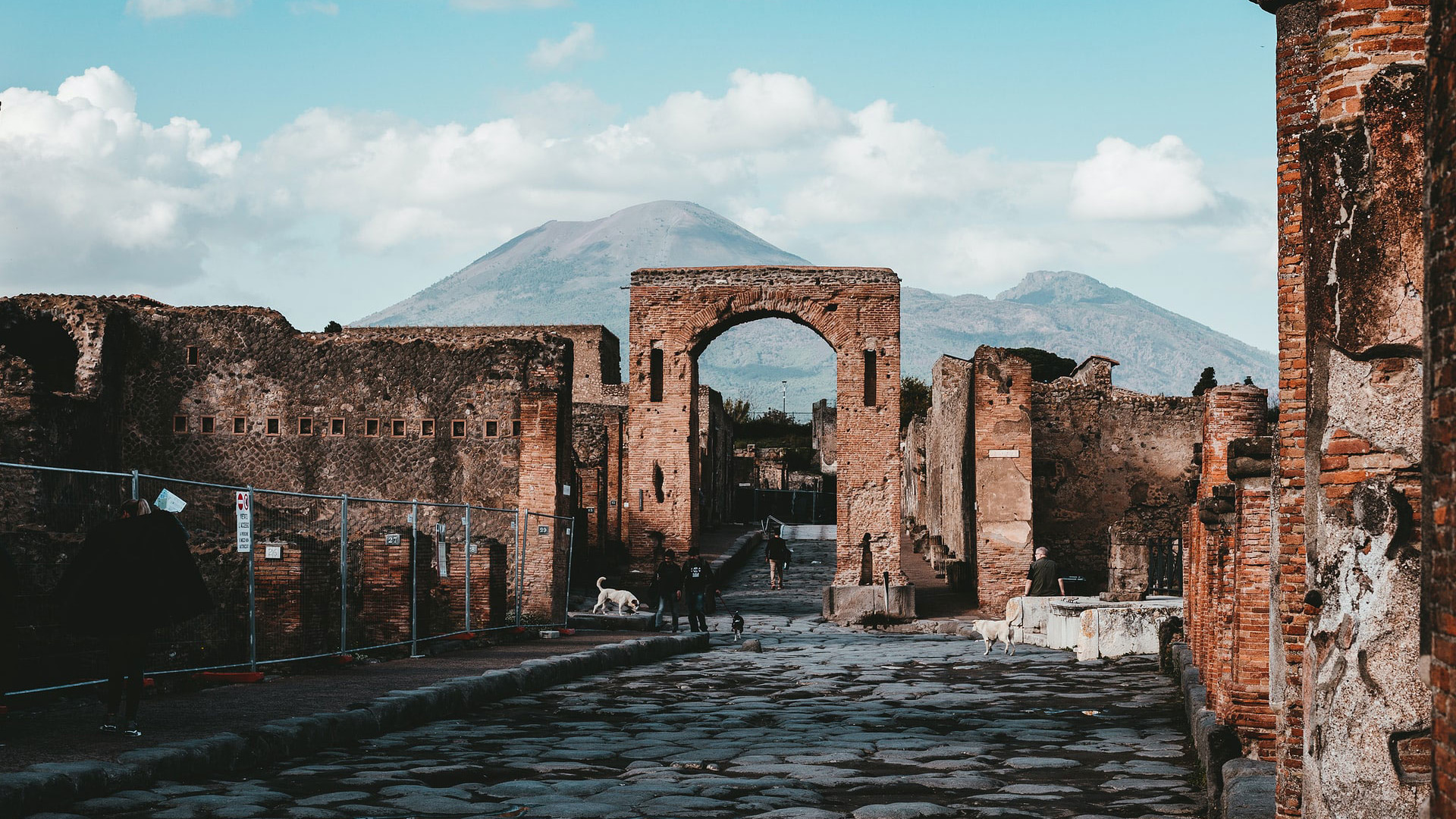
The ghostly ruins of ancient Pompeii (Pompei in Italian) make for one of the world’s most engrossing archaeological experiences. Much of the site’s value lies in the fact that the town wasn’t simply blown away by Vesuvius in AD 79 but buried under a layer of lapilli (burning fragments of pumice stone).
Amalfi Coast: 2 days
And what a better way to relax a bit than enjoying this beautiful part of the coast. You can opt for Sorrento as a base and from there visit Amalfi or Capri.
Tip: if you visit this area in Christmas you’ll be able to enjoy the beautiful light performances in Sorrento.
How to get here from Naples: there is a regular service by train between Naples, Pompeii and Sorrento that takes approximately 1 hour.
Turquoise seas and cinematic piazzas aside, the region is home to some of Italy’s finest hotels and restaurants. It’s also one of the country’s top spots for hiking, with well-marked trails providing the chance to escape the star-struck coastal crowds.
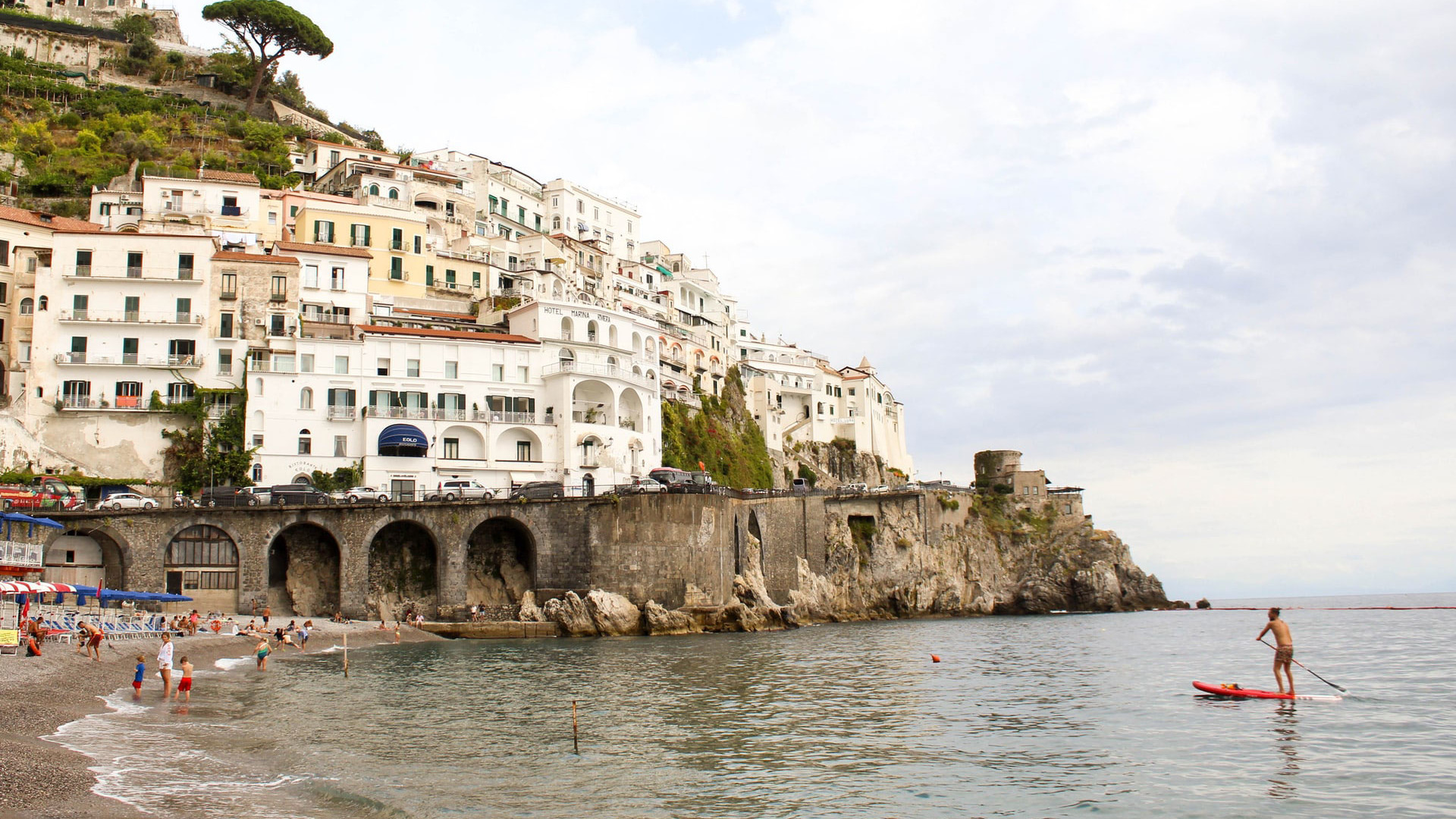
Rome: 3 days
Like Florence, Rome deserves a whole week on its own. There are so many things to see in this city that you won’t stop for 3 days: the Colisseum, St. Peter’s Square, the Vatican Museums, Fontana di Trevi, the Pantheon, Circo Massimo… and a large etcetera that will surprise you.
We end the itinerary here to take the flight back home from one of the international airports.
Tip: lose yourself in Trastevere neighbourhood at sunset, and stay in the area for dinner in one of the many restaurants you’ll find there.
How to get here from the Amalfi Coast: take a train from Sorrento to Naples, and from there a direct train to Rome. The total duration of the trip would be around 2 hours 30 minutes.
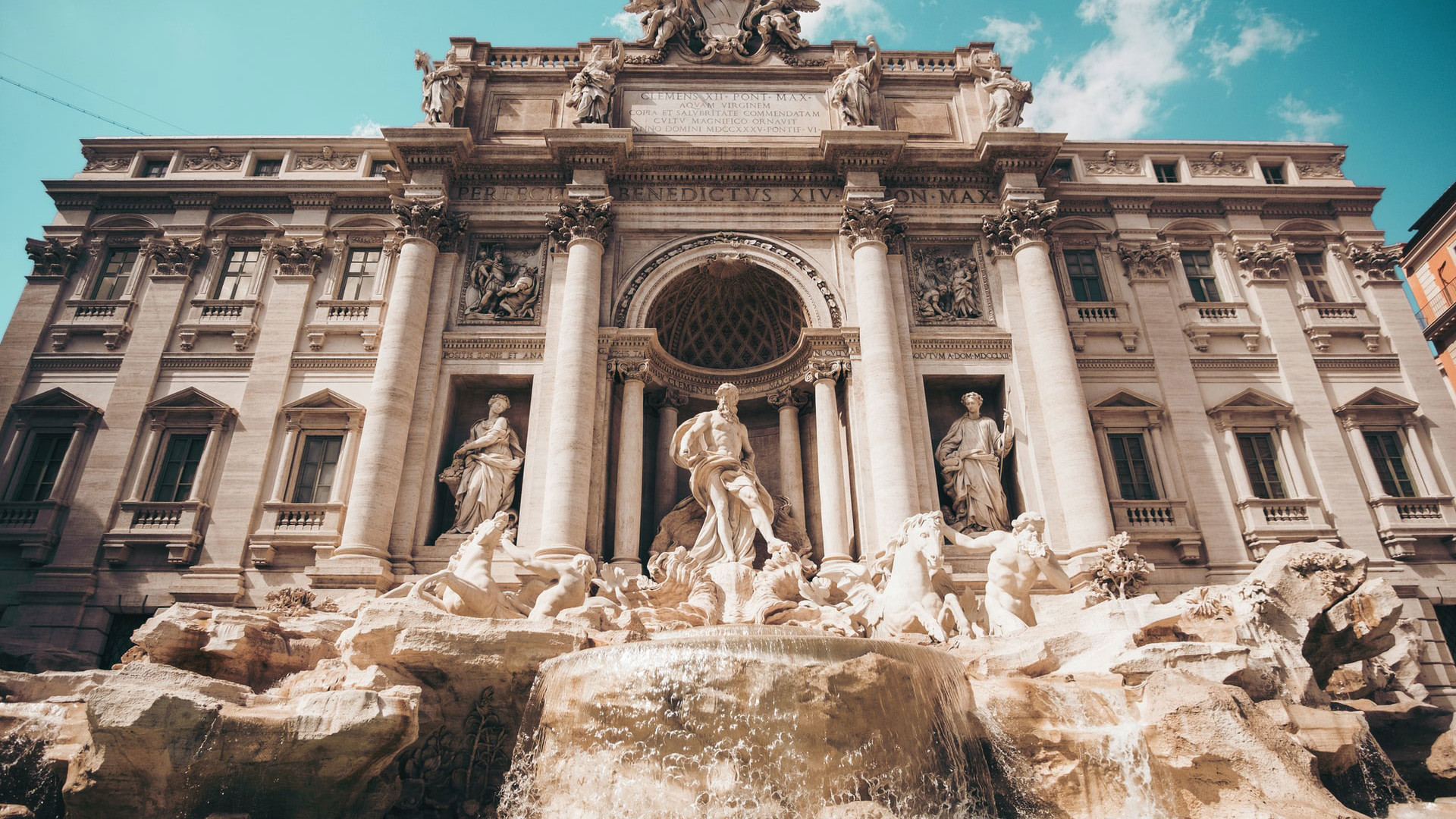
The myth of the Trevi Fountain: Why are there always people in the fountain throwing coins into the water and taking photos of themselves?
The myth, originating in 1954 with the movie “Three Coins in the Fountain,” goes like this: If you throw one coin: you will return to Rome; If you throw two coins: you will fall in love with an attractive Italian; If you throw three coins: you will marry the person that you met.
And a last tip: take a look to Eurail Pass to travel cheaper by train in Italy.
I hope you find this itinerary useful. If you’ve got any doubt or comment feel free to write me below in the comments section ?
